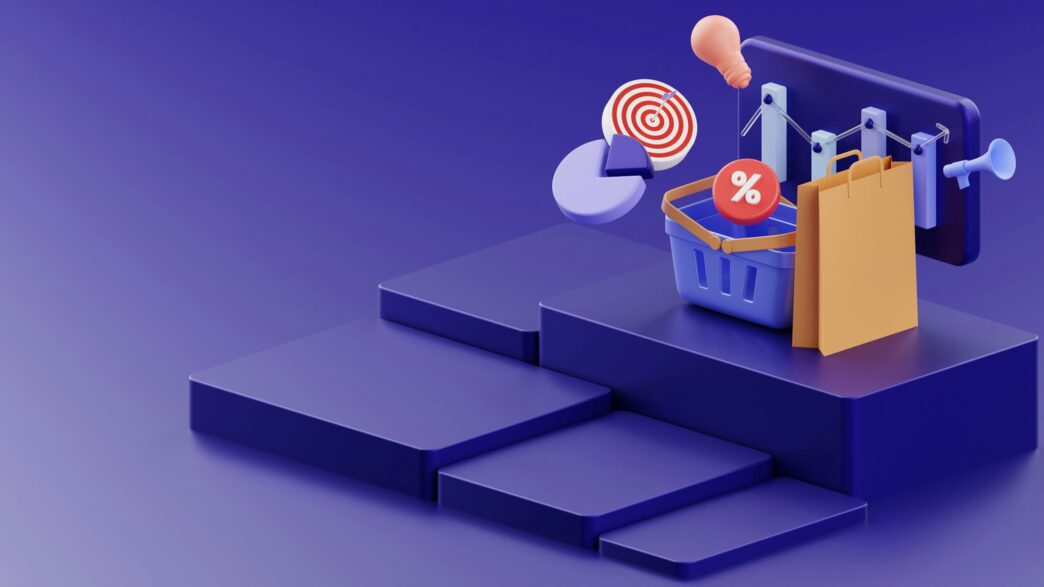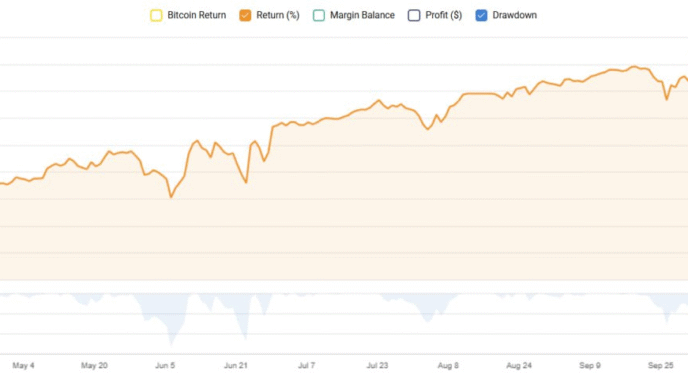In 2025, more than 1.7 million stores operate on Shopify, and mobile traffic currently constitutes 54 percent of all sessions and worldwide eCommerce is expected to exceed 8.1 trillion in 2026 (Statista, 2025). Although the platform provides powerful tools as is, long-term, scalable growth requires technical accuracy, performance management, and strategic coordination, which most in-house teams cannot provide on a regular basis. A professional Shopify development company is an extension of your company, an essential one, and an example is the company specializing in developing a Shopify that turns an ordinary storefront into a high-converting, future-proof revenue generator. This paper describes the core of services that any decent Shopify development firm should provide, as per the industry standards and actual performance results.
1. Full Store Build-Out (Not Just “Theme + Launch”)
Premier store development is very much grounded. This service is provided to cover the first discovery, technical architecture, custom theme implementation and launch with zero down time. Key deliverables include:
- Strategic discovery and planning: Mapping user journeys, defining KPIs, and aligning technical requirements with business goals.
- Custom theme development: Building responsive, brand-aligned themes using Liquid, Tailwind CSS, or headless frameworks—no reliance on generic templates.
- Data migration and validation: Transferring products, customers, and order history while preserving SEO equity and analytics continuity.
Agencies following this structured approach reduce launch defects by 85% and achieve 30% lower cart abandonment within the first 30 days (Shopify Partner Benchmarks, 2025).
2. Headless Shopify with Hydrogen and Oxygen
There is no compromise on speed and flexibility. An experienced Shopify development firm will implement headless architecture on Shopify Hydrogen (React based frontend) and Oxygen (edge hosting) to separate presentation and commerce logic.
Core advantages:
- Sub-second load times: Achieving LCP under 1.8 seconds via edge caching and server-side rendering.
- Omnichannel readiness: Enabling consistent experiences across web, mobile apps, and in-store kiosks.
- Custom interactivity: Dynamic product carousels, live pricing, and real-time inventory without performance penalties.
Headless implementations deliver 36% higher mobile conversion rates on average (Shopify Hydrogen Case Studies, 2025).
3. Conversion Rate Optimization (CRO) and UX Audits
Data-driven UX refinement is a core competency. Every Shopify development company should conduct:
- Behavioral analysis: Using heatmaps (Hotjar), session recordings, and funnel analytics to identify friction points.
- A/B and multivariate testing: Running controlled experiments on CTAs, checkout flows, and trust signals.
- Psychological optimization: Implementing scarcity cues, social proof, and urgency triggers backed by conversion psychology.
Structured CRO programs generate 15–25% uplift in conversion rates within 90 days (Baymard Institute, 2025).
4. Page Speed and Core Web Vitals Optimization
Performance directly impacts rankings and revenue. A Shopify development company must guarantee:
| Metric | Target | Method |
| LCP | < 1.8s | Image optimization, CDN, critical CSS |
| CLS | < 0.1 | Stable layouts, font preloading |
| TTFB | < 600ms | Redis caching, edge functions |
The clients with 90 or higher scores at PageSpeed gain 28 percent in organic traffic and 22 percent in revenue (Google search engine statistics, 2025).
5. Custom App and Function Development
Third-party apps introduce bloat and version conflicts. A professional Shopify development company builds private apps and Shopify Functions to:
- Enable dynamic bundling without paid subscriptions
- Implement tiered pricing based on customer tags
- Add checkout upsells using serverless logic
Custom solutions reduce app costs by 60% and eliminate performance drag from redundant scripts.
6. AI-Powered Automation and Personalization
Leverage Shopify’s native AI stack:
- Shopify Magicfor generating SEO-optimized product descriptions
- Shopify Flowfor inventory-triggered workflows (reordering, VIP tagging)
- Predictive segmentationvia Klaviyo or custom ML models
Automation reduces operational overhead by 40–50% and increases customer lifetime value through targeted re-engagement.
7. B2B, POS, and Omnichannel Integration
For hybrid retailers, seamless sync is essential:
- Shopify B2B portalswith company accounts, custom catalogs, and net terms
- POS integration(Shopify POS, Lightspeed, Square) for unified inventory
- Click & collectwith real-time availability
Omnichannel setups reduce stock discrepancies by 95% and boost in-store upsell opportunities.
8. Global Expansion and Multi-Market Configuration
International growth requires precision:
- Shopify Markets Profor localized pricing, currencies, and duties
- Hreflang + translation managementvia Weglot or custom JSON-LD
- Carrier-calculated shippingwith DHL, FedEx, and regional partners
Properly configured multi-market stores achieve 120–150% YoY growth in new regions (Shopify International Report, 2025).
9. Post-Launch Retainer and Continuous Optimization
A store is a living system. Retainers should include:
- Monthly performance audits
- Quarterly CRO experiments
- App compatibility and security updates
- 2-hour emergency response SLA
Clients on structured retainers see 6–8% compounded monthly growth versus stagnant one-off projects.
How to Evaluate a Shopify Development Company
- Request a technical auditof your current store—expect 15+ actionable findings.
- Review live client stores—test mobile speed and checkout flow.
- Demand case studies with metrics(ROAS, AOV, load time).
- Verify Shopify Partner status—Plus or Expert level required.
- Start with a paid discovery phase($2,500–$5,000) before full commitment.
Conclusion
A Shopify growth partner in 2025 is not a vendor, it is a development company. The above services are not additional features but the bare minimum in order to create a resilient high performing store. Brands that devote effort to develop, optimize, and support continuously place themselves to occupy market share in a growing competitive environment. The price of the non-action lost conversions, prioritization of punishment, and inefficiency in operations is much greater than the cost of professional expertise.














